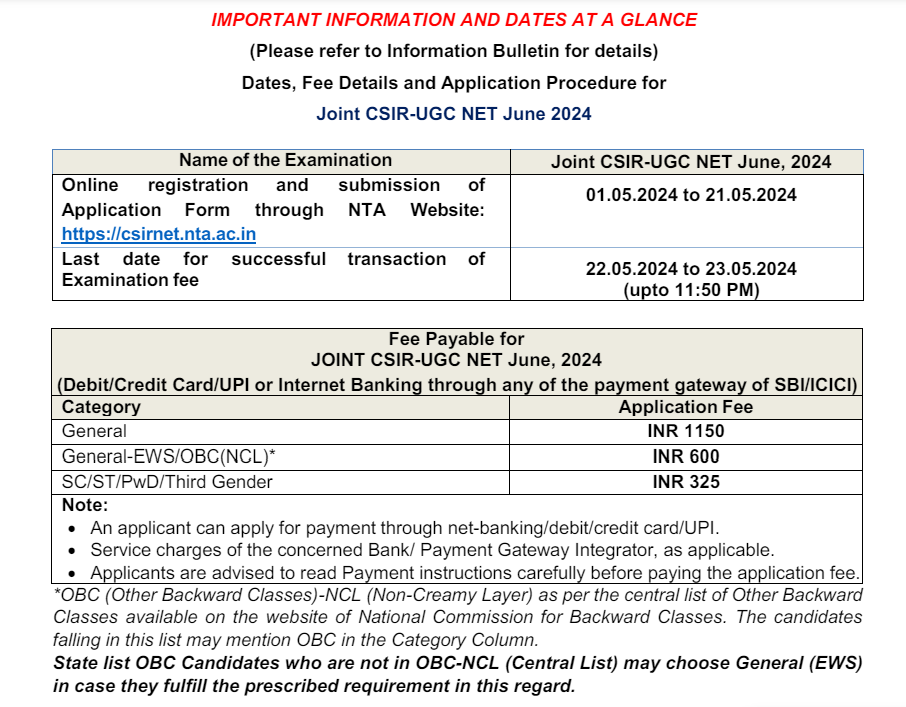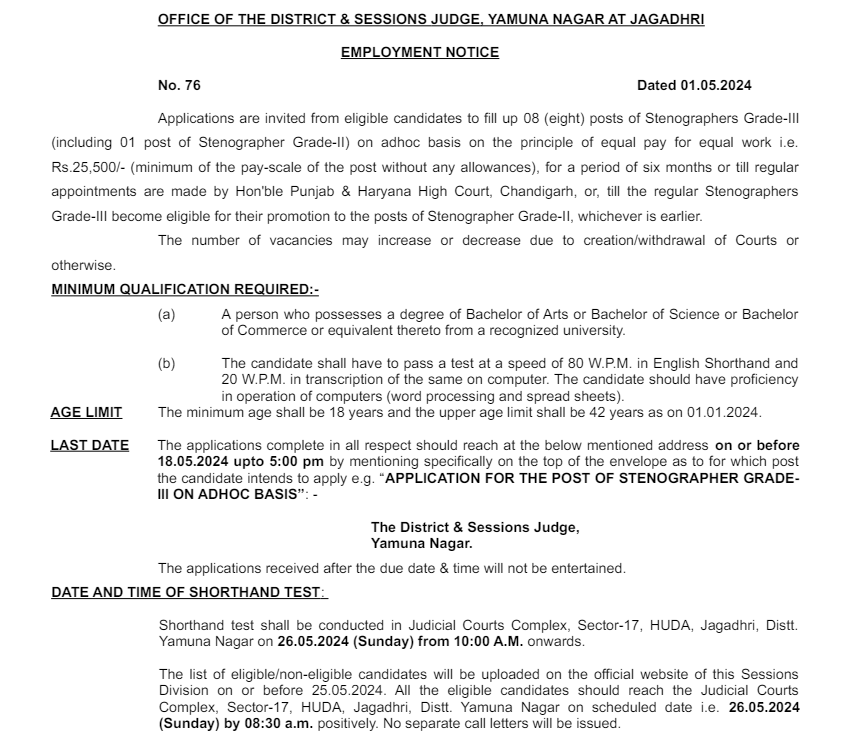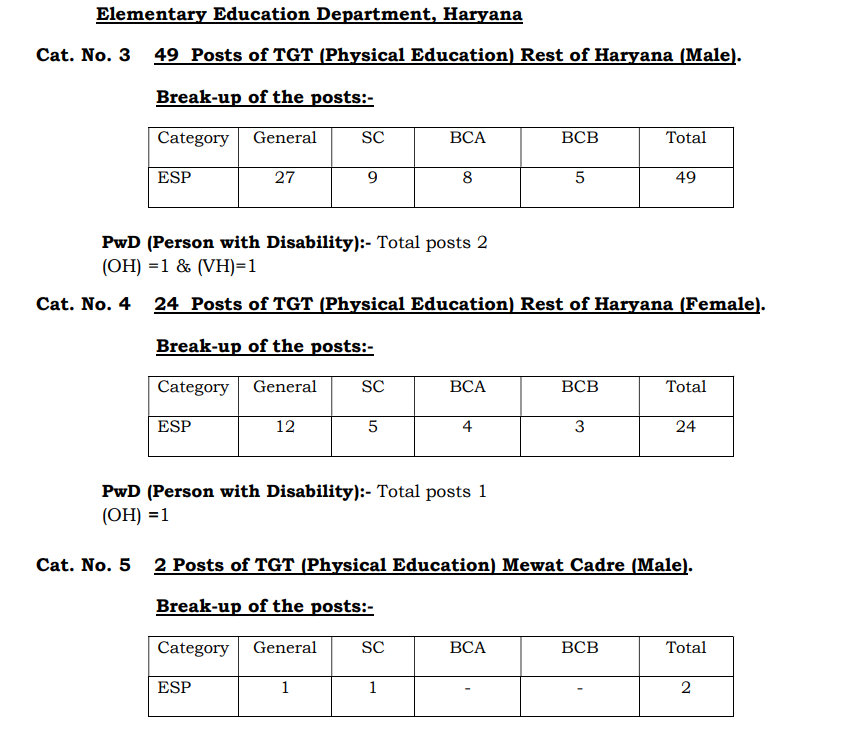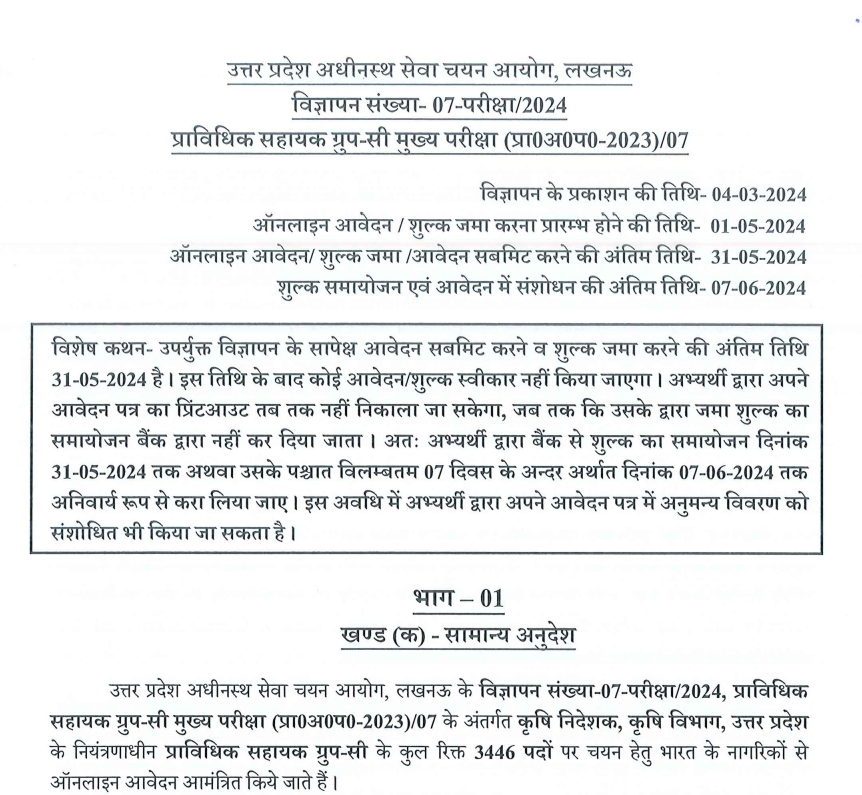Measurement And Instrumentation Part One MCQ

Category –EE Online Test
Telegram-Join Us On Telegram
Attempt Free Measurement And Instrumentation Part One MCQ Here. Read The Important Electricity MCQ From Below.
1) For an instrument the degree of repeatability or reproducibility in measurements is an alternative way of expressing its
a. Precision
b. Accuracy
c. Sensitivity
d. Linearity
ANSWER: Precision
2) Range or span of an instrument defines the
a. Minimum value of quantity that the instrument is designed to measure
b. Maximum value of quantity that the instrument is designed to measure
c. Both minimum and maximum value of quantity that the instrument is designed to measure
d. None of these
ANSWER: Both minimum and maximum value of quantity that the instrument is designed to measure
3) A voltmeter of 0 to 250 V has an error of ± 1 % of full scale deflection. If the true voltage of voltmeter is 25 V then the range of its reading is
a. 22.5 V – 27.5 V
b. 27.5 V – 29.5 V
c. 24 V – 26 V
d. 25.5 V – 26.5 V
ANSWER: 22.5 V – 27.5 V
4) Four observers recorded a set of current measurement as:
125.09 mA, 125.21 mA, 125.05 mA, 125.14 mA.
The range or span of error will be
a. ± 0.02 mA
b. ± 0.06 mA
c. ± 0.08 mA
d. ± 1.02 mA
ANSWER: ± 0.08 mA
5) The output reading of an instrument is
a. Linearly proportional to the quantity being measured
b. Inversely proportional to the quantity being measured
c. Exponentially proportional to the quantity being measured
d. Not related to the quantity being measured
ANSWER: Linearly proportional to the quantity being measured
Measurement And Instrumentation Part One MCQ
6) The sensitivity of a measurement is a measure of
a. Change in instrument output when the quantity being measured changes by a given amount
b. Closeness of output readings for the same input when there are changes in the method of measurement
c. Ratio of output to the input
d. Closeness of output reading of instrument to the true value
ANSWER: Change in instrument output when the quantity being measured changes by a given amount
7) A speedometer typically has a threshold of about 15 km/hr. If the car starts from rest and accelerates, the speedometer will
a. Starts reading from the moment the car starts
b. Starts reading when the speed reaches 15 km/hr
c. Starts reading when the speed reaches 30 km/hr
d. None of these
ANSWER: Starts reading when the speed reaches 15 km/hr
8) In an instrument torque / weight ratio is known as
a. Sensitivity
b. Accuracy
c. Linearity
d. Fidelity
ANSWER: Sensitivity
9) If the deflection torques on moving system increases then the controlling torque
a. Increases
b. Decreases
c. Remains same
d. None of these
ANSWER: Increases
10) In the absence of the restoring torque, the pointer
a. Will not deflect from its initial position
b. Will deflect but would not return to its zero position on removing current
c. Will deflect and return to its zero position on removing current
d. Will swing from minimum to maximum position
ANSWER: Will deflect but would not return to its zero position on removing current
Measurement And Instrumentation Part One MCQ
11) The coil diameter and length of a PMMC instrument is 1.2 cm and 1.8 cm respectively. The magnetic flux density in air is 0.1 T and the number of turns is 100. If the current of 1.5 mA is flowing through it then the torque produced on the coil is
a. 2.58 X 10 -6 N – m
b. 2.92 X 10 -6 N – m
c. 3.24 X 10 -6 N – m
d. 3.92 X 10 -6 N – m
ANSWER: 3.24 X 10 -6 N – m
12) The scale of PMMC type instruments is
a. Uniform
b. Non – uniform
c. Cramped at the lower ends
d. Crowded in the middle
ANSWER: Uniform
13) An ac voltage source of 2sint V is connected in series with a dc voltage source of 5 V. If a PMMC instrument is connected in parallel to this combination then the reading of meter will be equal to
a. 7 V
b. 5 V
c. 5.2 V
d. 25 V
ANSWER: 5 V
14) The deflecting torque in a moving coil instrument is
a. Directly proportional to the current flowing through it
b. Inversely proportional to the current flowing through it
c. Inversely proportional to the square of current flowing through it
d. Directly proportional to the square of current flowing through it
ANSWER: Directly proportional to the square of current flowing through it
15) When an AC signal is applied across the permanent magnet moving coil voltmeter, then the pointer will
a. Not deflect
b. Oscillate around zero volt
c. Deflect to its maximum
d. Oscillate from minimum to maximum value
ANSWER: Oscillate around zero volt
16) If the control spring of PMMC instrument is replaced by another spring whose spring constant is higher than the previous one, then the damping ratio
and natural frequency
a. Increases, decreases
b. Increases, increases
c. Decreases, decreases
d. Decreases, increases
ANSWER: Increases, decreases
Measurement And Instrumentation Part One MCQ
17) A PMMC instrument can be used as ammeter and as voltmeter with the help of
a. A low resistance shunt, a low series resistance
b. A low resistance shunt, a high series resistance
c. A high series resistance, a low resistance shunt
d. A low series resistance, a high shunt resistance
ANSWER: A low resistance shunt, a high series resistance
18) In a PMMC instrument, if the control springs are eliminated the instrument can be used for measuring the quantity of electricity passed through the coil. This method is used for
a. Ammeter
b. Voltmeter
c. Fluxmeter
d. Ballistic galvanometer
ANSWER: Fluxmete
19) In Wheatstone bridge method, the instrument used as null detector is
a. Ammeter
b. Voltmeter
c. Galvanometer
d. All of these
ANSWER: Galvanometer
20) In a Wheatstone bridge method, the bridge is said to be balanced, when the current through the galvanometer is
a. 1 A
b. 0 A
c. Maximum
d. Half of the maximum value
ANSWER: 0 A
21) The given figure shows the Wheatstone bridge method for measurement of unknown resistance (R).
The balanced equation for Wheatstone bridge is given by
a. P / R = Q / S
b. P / S = Q / R
c. P / R = S / Q
d. R / p = Q / S
ANSWER: P / R = Q / S
22) In Maxwell’s Inductance – Capacitance bridge, the frequency ω
a. Is directly proportional to the inductance in the balanced equation
b. Is inversely proportional to the capacitance in the balanced equation
c. Is directly proportional to the product of inductance and capacitance
d. Does not appear in the balanced equations
ANSWER: Does not appear in the balanced equations
Measurement And Instrumentation Part One MCQ
23) The Maxwell’s Inductance – Capacitance bridge is not suitable for the measurement inductance of coil if the Q factor is
a. Less than 1
b. Between 1 to 10
c. More than 10
d. Both (a) and (c)
ANSWER: Both (a) and (c)
24) The Q meter works on the principle of
a. Series resonance
b. Parallel resonance
c. Both (a) and (b)
d. Neither series resonance nor parallel resonance
ANSWER: Series resonance
25) In wattmeters, errors due to stray fields can be removed by
a. Proper instrument construction
b. Using brake magnet
c. Using shading ring
d. Using two separate ac magnets
ANSWER: Proper instrument construction
26) A dynamometer type wattmeter reads 200W when its voltage coil is connected across the load whose voltage is 150 V. if the voltage coil has internal resistance of 1800 ohm, then the power taken by the load will be
a. 163.8 W
b. 171.7 W
c. 178.9 W
d. 187.5 W
ANSWER: 187.5 W
Measurement And Instrumentation Part One MCQ
27) In a dynamometer type meter, the error due to connections would be minimum if
a. Capacitive reactance of pressure coil is greater than its inductive reactance
b. Capacitive reactance of pressure coil is equal to its inductive reactance
c. Capacitive reactance of pressure coil is lesser than its inductive reactance
d. Capacitive reactance of current coil is equal to its inductive reactance
ANSWER: Capacitive reactance of pressure coil is equal to its inductive reactance
28) To avoid wastage of power during calibration in dynamometer type wattmeter
a. Phantom loading is used
b. Brake magnet is used
c. Spring is used
d. Capacitance is used
ANSWER: Phantom loading is used
Measurement And Instrumentation Part One MCQ
29) In terms of the division on screen, the voltage of the waveform in CRO is
a. Average voltage
b. RMS voltage
c. Peak to peak voltage
d. Maximum voltage
ANSWER: Peak to peak voltage
30) The Lissajous patterns help in the measurement of
a. Phase difference between two sine wave
b. Frequency of one waveform if the frequency of other waveform is known
c. Both (a) and (b)
d. None of these
ANSWER: Both (a) and (b)
31) If the two input waveforms are of equal amplitude and 90 degree phase difference is applied to the CRO then the Lissajous patterns obtained will be
a. Straight line tilted at 45 degree with respect to X – axis
b. Circle
c. Ellipse
d. Vertical straight line
ANSWER: Circle
32) Turbine meters are generally preferred for
a. Low viscosity and high flow measurements
b. High viscosity and low flow measurements
c. High viscosity and high flow measurements
d. Low viscosity and low flow measurements
ANSWER: Low viscosity and high flow measurements
33) The flow meter which is replacing the differential pressure meters in its applications is
a. Vortex – shedding flow meters
b. Electromagnetic flow meters
c. Ultrasonic flow meters
d. All of these
ANSWER: Vortex – shedding flow meters
34) Dipsticks are used for the
a. Pressure measurement
b. Flow measurement
c. Displacement measurement
d. Level measurement
ANSWER: Level measurement
Measurement And Instrumentation Part One MCQ
35) In a ramp type DVM, the multivibrator determines the rate at which the
a. Clock pulses are generated
b. Measurement cycles are initiated
c. It oscillates
d. Its amplitude varies
ANSWER: Measurement cycles are initiated
36) In potentiometric type DVM, the adjustment of sliding contact is done by
a. A single phase servomotor
b. Two phase servomotor
c. Three phase servomotor
d. All of these
ANSWER: Two phase servomotor
Measurement And Instrumentation Part One MCQ
37) In case of motor meters, the speed of rotation is
a. Directly proportional to the current in case of ampere hour meter and to power in case of watt-hour meter
b. Directly proportional to the current in case of ampere hour meter and inversely proportional to the power in case of watt-hour meter
c. Inversely proportional to the current in case of ampere hour meter and directly proportional to the power in case of watt-hour meter
d. Inversely proportional to the current in case of ampere hour meter and to power in case of watt-hour meter
ANSWER: Directly proportional to the current in case of ampere hour meter and to power in case of watt-hour meter
38) In motor meters, the speed control of the rotating system is done by using
a. Permanent magnet
b. Train of gear wheels and dials
c. Pinion
d. All of these
ANSWER: Permanent magnet
39) Commutator motor meters are
a. Ampere hour meter
b. True watt – hour meter
c. Either ampere hour meter or true watt – hour meter
d. None of these
ANSWER: Either ampere hour meter or true watt – hour meter
40) The induction type single – phase watt – hour meters uses
a. Control spring
b. Pointer
c. Brake magnet and spindle
d. All of these
ANSWER: Brake magnet and spindle
Measurement And Instrumentation Part One MCQ














